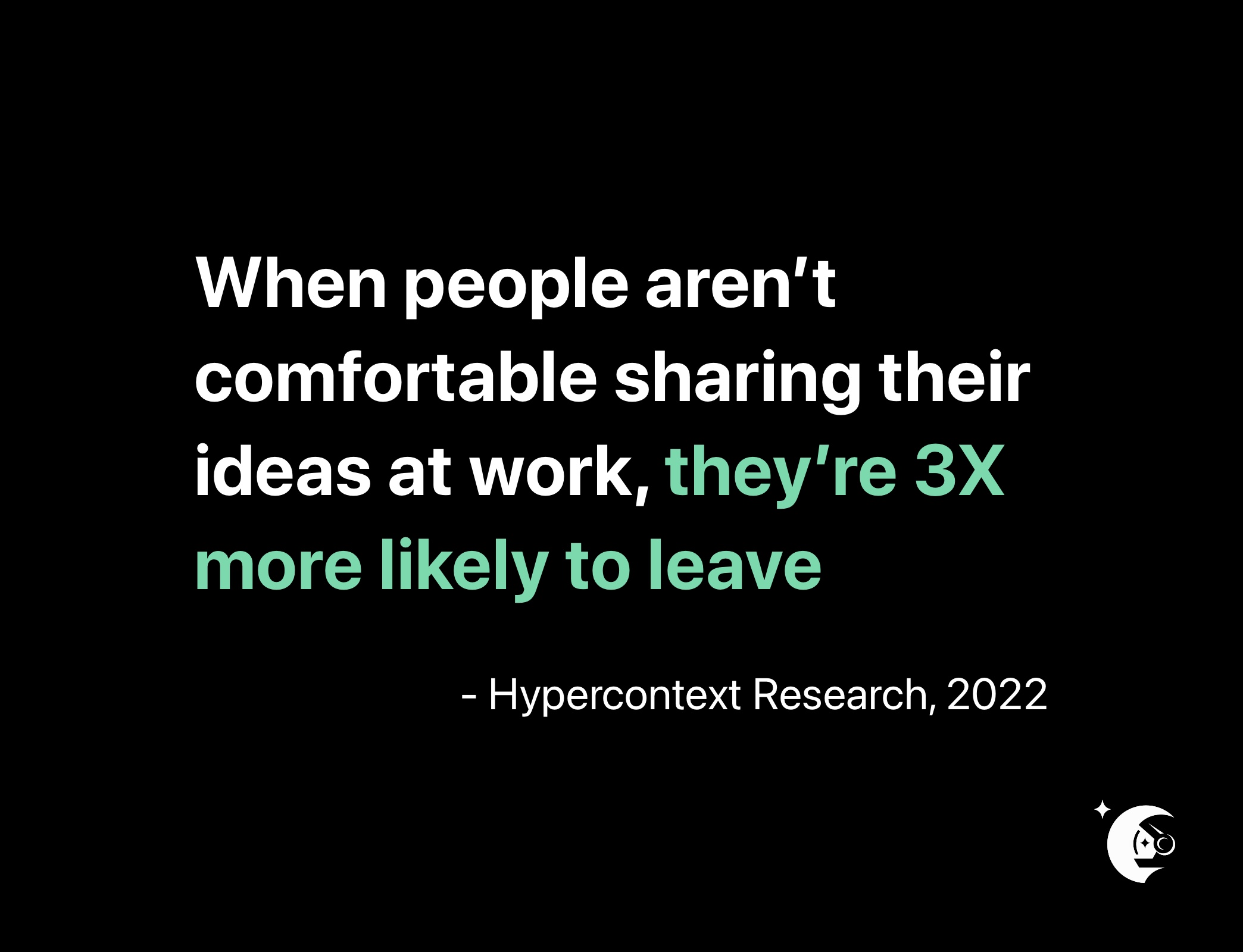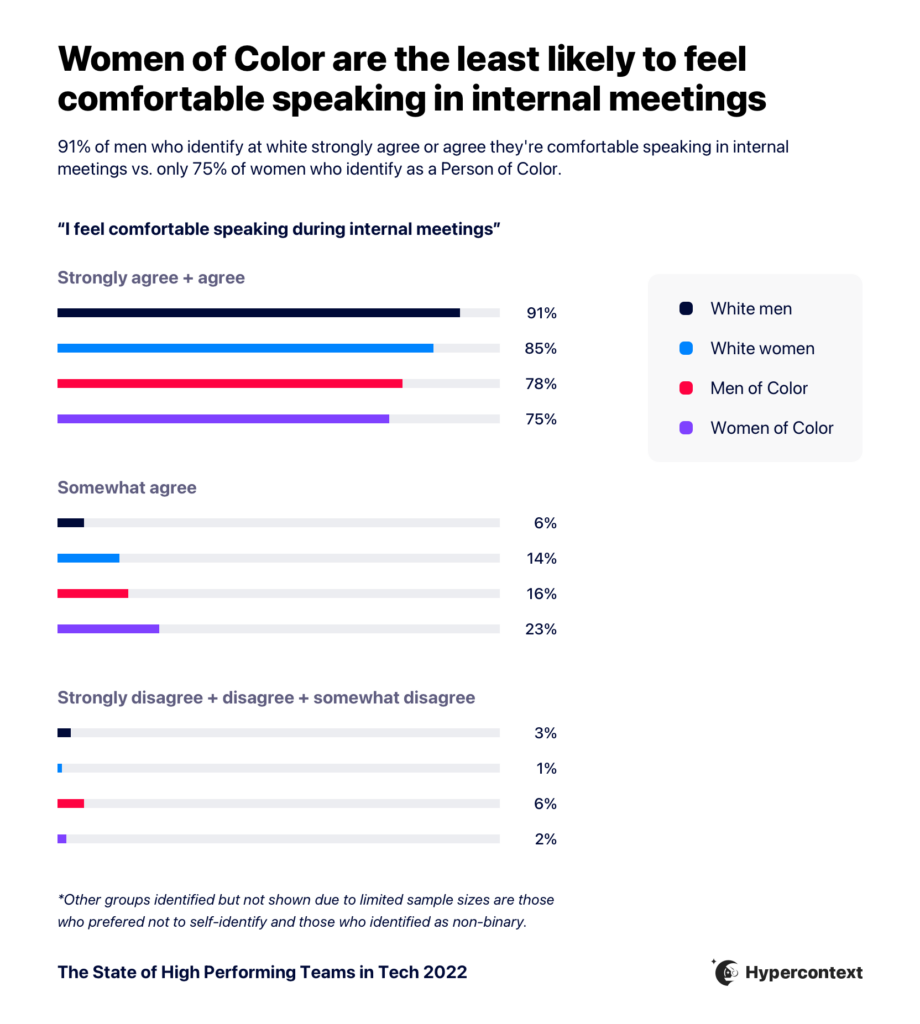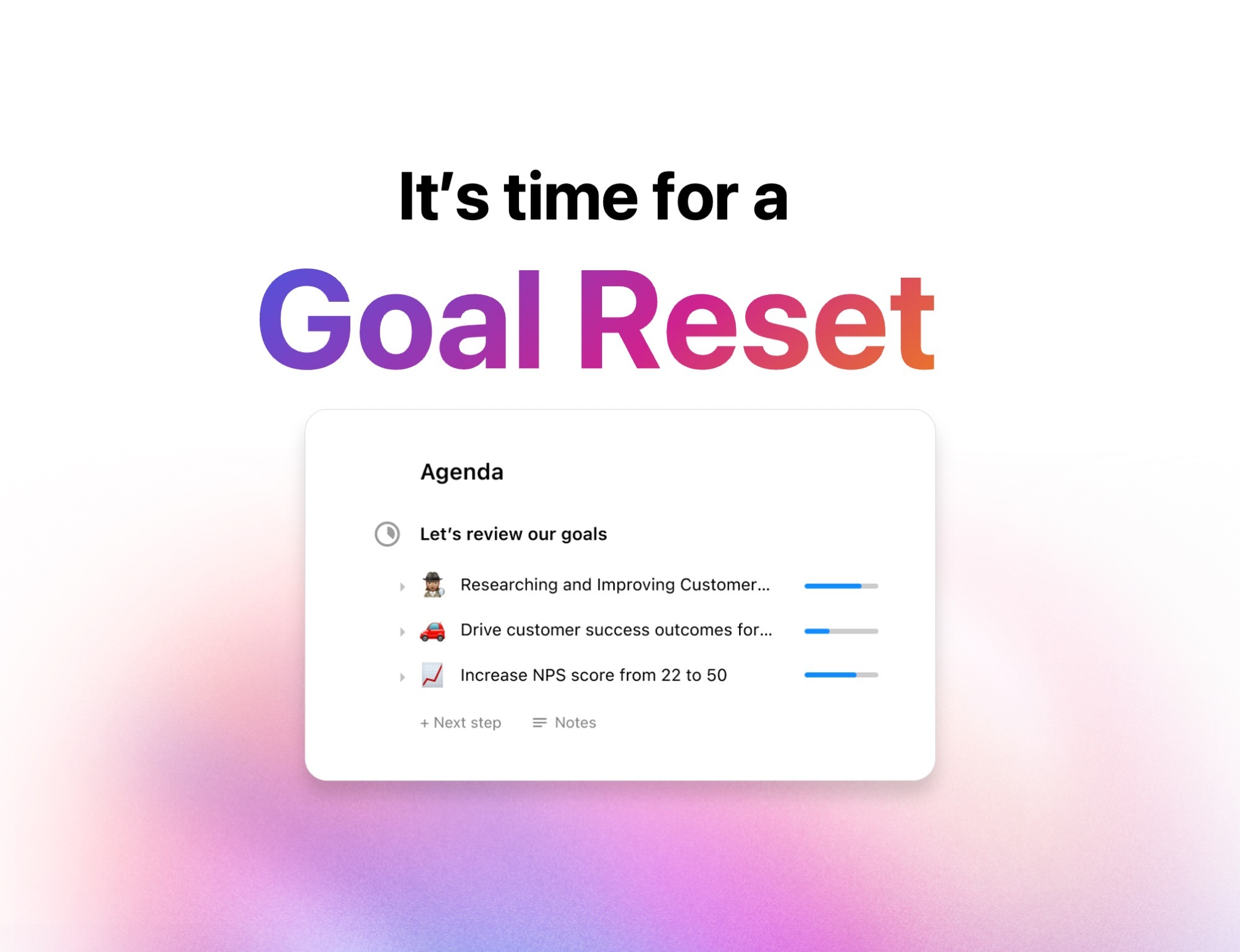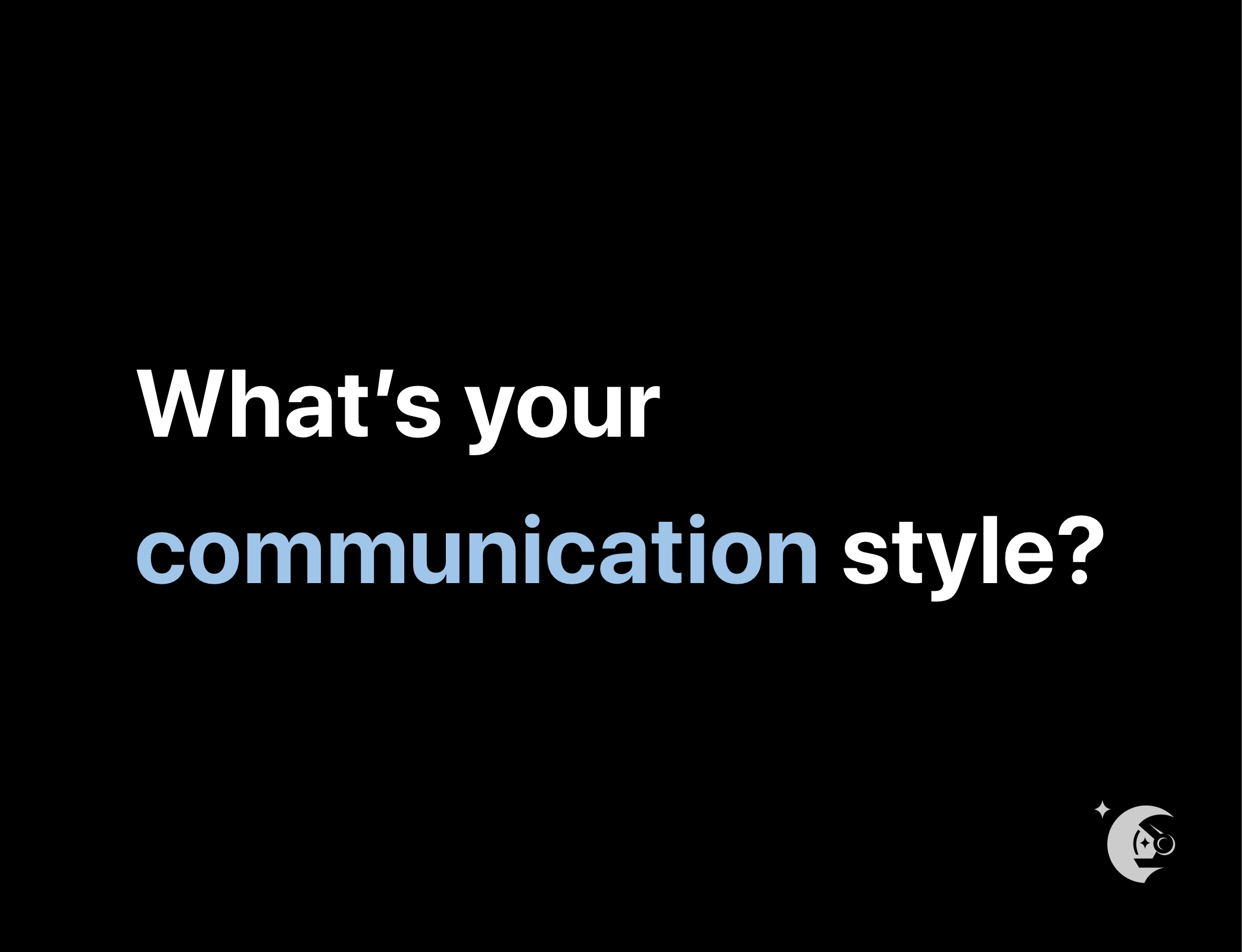How to make your meetings more inclusive
10 min readThis article looks at the significance of making meetings more inclusive and tips for how to run an inclusive meeting.

Mastering the art of inclusion at a company is no easy feat. Most companies tend to have many inclusive efforts at a company-wide level, run by the HR or DEI department. These teams have made it their mandate to combat damaging power dynamics across remote, hybrid, or in-person workplaces. But there is more to be done.
To start, leaders can take a more active role in implementing inclusive meetings to ensure their teams and employees are functioning at their best.
What does being inclusive really mean?
While the role that D&I plays in a business’s success is proven, not all companies, or leaders, have a clear sense of what it is.
In reality, it’s simple: diversity is about variety in representation, and inclusion is about engagement. Extending inclusion efforts to meetings can impact your business as a whole — after all, meetings are part of your day-to-day at work. In an inclusive meeting setting, everyone can contribute, and all voices have equal weight.
When meetings are inclusive — and people feel comfortable sharing their ideas — it increases psychological safety, which according to Google is the most identifiable characteristic of a high-performing team. When done right, diversity and inclusion in a team can:
- Positively shape business outcomes
- Produce better team problem solving
- Increase overall workplace engagement and belonging
When employees fear sharing ideas in a workplace setting, on the other hand, they’re 3X more likely to apply for another job.

Yes, there are indeed business benefits to bringing inclusion into your company, but more importantly, making your meetings inclusive is just the right thing to do. Why wouldn’t you, as a leader, want to provide your team and employees with a space to feel comfortable and bring their most authentic selves and ideas to the table?
Building the right work culture begins with equitable meetings. This blog will look at why running inclusive meetings form the bedrock of an impactful company and how to make it a part of your company culture.
How to create more inclusive meetings
Here are our 7 best tips to get started:
- Introduce a facilitator
- Build a collaborative agenda
- Listen deeply and amplify
- Provide more than one way to contribute
- Build psychological safety and encourage employees to take risks
- Include people who share opposing views
- End as strong as you start: nail the follow-up
1. Introduce a facilitator to your meetings
Help meetings become more inclusive by appointing a new team member as the meeting facilitator for each meeting.
A facilitator is responsible for leading and guiding the conversation, ensuring it stays on track. Ideally, a facilitator creates an inclusive environment where attendees feel comfortable sharing their thoughts and opinions by ensuring people aren’t being interrupted and everyone’s given a chance to speak. Let every employee have the chance to speak especially when the meeting is virtual.
✨ What you can do today: Appoint a facilitator for your next meeting and empower them to set ground rules, keep meetings on track, and facilitate a space where each team member feels free to speak and share comfortably.
2. Build a collaborative agenda
It’s no secret: we’re big fans of a good, collaborative agenda.
They’re an inclusive leader’s secret weapon. Send out your agenda before any meeting. It can be a simple outline of topics to discuss or be more focused by sending out a specially built, recurring agenda.
Sharing the main agenda items in advance gives everyone the chance to prepare and contribute. So no one’s left feeling on the spot. It gives everyone the opportunity to add items they want to discuss to ensure they don’t get left out of the conversation. Plus, participants can add comments to the agenda in advance which is helpful for those who feel less comfortable speaking up during a meeting. More on that later!
✨ What you can do today: Identify a tool that will help you share your agendas and make them collaborative — whether it be through Google Docs or Hypercontext’s agenda software. If you don’t have an agenda already in place, try using an agenda template from our library of 80+ agenda templates. Personalize it as necessary and share it with your team 24 hours in advance.
When you invite everyone to join in, everyone takes ownership, increasing inclusion and accountability.
3. Listen deeply and amplify
When employees share ideas, make sure you amplify and give credit where credit is due. Amplification is vital for inclusion since people of color, women and other underrepresented groups are more likely to be dismissed or spoken over.
Further, according to our State of High Performing Teams in Tech report, people of color are less likely to feel comfortable speaking in internal meetings than white colleagues. And those who identify as women are less likely to feel comfortable speaking in meetings than men. Not to mention, Gen Z is the generation most unlikely to feel comfortable speaking in meetings compared to older generations.
If people are constantly feeling like their voices aren’t being heard, or uncomfortable sharing their thoughts, they’re eventually going to give up and disengage. As a leader, it’s your responsibility to not let this happen. Given that meetings are a place for just that — sharing, listening, innovating — they’re the perfect time to start creating a more inclusive and engaging environment.

✨ What you can do today: Explicitly call on team members and invite them to share. This can be the first step in making space for them at the table. In your next meeting, identify the person who rarely speaks and ask them for their thoughts before moving on. This will help encourage introverts, women, or people of color — who are routinely overlooked — to share more.
If you think this might make someone uncomfortable, it’s a good idea to let them know you’re going to ask them to speak to something in advance to avoid putting them on the spot.
4. Provide more than one way to contribute
Despite the hard work being done around DEI, privilege and power dynamics are still present in many workplaces. Unshockingly, it can seep into our meetings, too. Those who are more extroverted, assertive, and the majority demographic are more likely to take up air time and receive more credit. They’re also typically forgiven more often when they interrupt. Breaking this cycle requires mindfulness from the leader.
Combatting this means actively encouraging participation from those who don’t usually get the space to speak or share. Follow this great advice from Eva Jo Meyers: “no one should speak twice until everyone has spoken once.”
But, keep in mind that people have different communication styles. Speaking up during a meeting can be awkward and not everyone feels comfortable doing so. But there are also other ways to invite contributions, beyond speaking up during the meetings. For example:
- If you’re virtual, encourage participation through the chat function. If someone contributes an idea, call on them to expand
- Use a collaborative meeting agenda, where people can add their thoughts or comments in advance
- Allow people to add comments to the meeting notes for a set amount of time post-meeting
✨ What you can do today: Make your team aware of the different ways they can contribute to the meeting. For example, when you circulate the agenda for your next meeting, you can say something like: “Please share any items you’d like to discuss during the meeting in the agenda so we can make sure we cover them in the meeting.” Or, if virtual encourage participation by asking a question in the chat function. Read out shared ideas and use them to drive the conversation.
Note that some people may have trouble processing auditory and text inputs simultaneously, so it’s essential to allow time for typed responses.
5. Build psychological safety and encourage employees to take risks
We know psychological safety changes how an employee arrives to work and how a team functions.
What does psychological safety mean? Amy Edmondson defines it as “A shared belief that the team is safe for interpersonal risk-taking.” Encouraging your whole team to share their thoughts openly can pay dividends. It can help them become more confident in being vulnerable and taking calculated risks.
Inclusivity certainly isn’t reserved for team meetings. You can and should shape your one-on-ones to be more inclusive. In fact, the trust you build in your one-on-ones will be reflected in how comfortable team members are in team meetings. It will build trust between you and your employees, encouraging them to take risks and increase psychological safety. These meetings can be the lifeblood of a strong employee/manager relationship where communication and feedback flow freely.
✨ What you can do today: Set the tone. Google suggests kicking off each meeting by saying, “Let’s agree to be open to new ideas and express any disagreement respectfully.” This will encourage diversity in thought.
Ps. If you’re not taking risks as a leader, it’ll be impossible for your team to do the same. So make sure you practice what you preach.
6. Include people who share opposing views
Speaking of sharing differing opinions, success in a business begins with embracing opposing views. But doing so respectfully and with inclusion in mind can be difficult.
Introducing new ideas, breaking bias, and challenging groupthink for optimal business outcomes should be top of your list as a leader. Building inclusive teams means inviting opposing views and encouraging healthy, respectful discussion.
✨ What you can do today: Assess who’s being invited to your meetings. Are you only including those who agree with you? Are people who may have diverse points of view being fairly represented?
7. End as strong as you start: nail the follow-up
Sometimes, the most essential part of a meeting comes after the meeting itself. How you share notes, action items, and recorded videos or transcripts can make all the difference in your next team meeting. It also allows those who could not attend or have different accommodations or considerations to stay in the know. Sharing information post-meeting gives these individuals the chance to weigh in later.
✨ What you can do today: Be transparent with how decisions are made, and follow up each meeting with the following:
1. Share meeting notes with all participants after the meeting.
2. Assign action items/next steps so everyone has a clear understanding of what they’re responsible for.
3. Ask for feedback on how the meeting was run and iterate going forward.
Why running an inclusive meeting matters
Remember, not everyone prefers to contribute at work or in meetings in the same way. Understanding how to make your meetings more inclusive means understanding your team and building a rapport with each team member.
By taking steps to ensure everyone feels comfortable, valued, and above all, included in meetings, leaders can foster and honor diverse opinions and perspectives. Your efforts as a leader to bring everyone to the table benefits everyone, from employee to the company.


